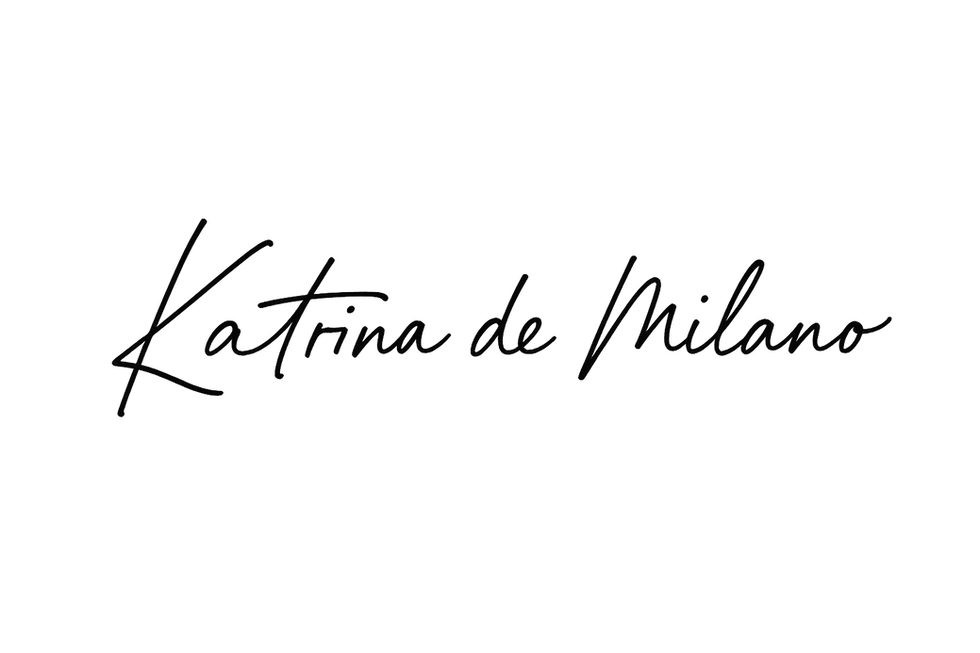🌍 Worldbuilding That Feels Real: A Writer’s Roadmap
- Katrina De Milano

- 14 мая
- 3 мин. чтения
A checklist with heart, logic — and just enough magic
Whether you're writing epic fantasy, quiet magical realism, or contemporary fiction with deep atmosphere — your world is a character.
Not just a backdrop. Not just scenery.
It breathes. It shapes choices. It whispers rules you don’t always say out loud.
Here’s a roadmap to help you build a world that feels lived in — one that your readers will believe in, even if it’s made of dreams.
🛤️ STEP 1: Define the Tone of the World
Before anything else, ask: What does this world feel like?
Is it soft and foggy like a memory?
Is it sharp-edged, cynical, neon-lit?
Is it brutal, earthy, ancient?
Is it intimate — just one town, one street, one lake that holds everything?
📌 Tone = emotional filter.
Readers will notice what you focus on — not just what you describe, but how you describe it.
👉 Tip: Let the world reflect your character’s state of mind, especially early in the book.
🏛️ STEP 2: Build the Foundation (Physical + Social)
Think of the world in layers:
✦ Physical:
Where are we geographically? (Urban, coastal, forest, otherworld?)
What do people see/smell/hear every day?
What makes this place visually specific?
✦ Social:
Who holds power? Who doesn’t?
What are the unspoken rules?
What is considered normal — and what’s taboo?
📌 Even one powerful detail can say more than paragraphs of description.
A house that always locks its attic.
A school with a corridor no one talks about.
A town where everyone leaves flowers at a certain doorstep.
⏳ STEP 3: History and Lore (Yes, even for contemporary stories)
Every place has a past — even if it’s not in the book.
What’s the story behind this town, this family, this custom?
What memory do people share — or hide?
What trauma shapes the way this world functions today?
What myths do people believe — and why?
👉 You don’t need to tell the reader all of this. But you need to know it.
🔄 STEP 4: Systems (Magic, Technology, or Just… Rules)
If there’s magic, what are the limits?
If it’s dystopian, what are the consequences?
If it’s the real world, what systems trap or shape your characters?
Who gets access to the supernatural — and who doesn’t?
What are the costs of breaking the rules?
What happens if something ancient wakes up?
📌 Realistic worlds run on cause and effect.
Even magic needs logic — and failure.
🧠 STEP 5: Make It Personal
The world doesn’t have to be big. It has to be specific.
What places matter to your characters?
A childhood bedroom with one broken drawer
The diner where the town turned on them
The lake where the ritual went wrong
The door they shouldn’t open
👉 Tip: Anchor the world through emotionally charged locations.
It makes the unreal feel true.
✔️ Worldbuilding Checklist for Writers:
I know how the world feels (tone, atmosphere)
I know the physical setting and key sensory details
I’ve explored the social structure and hidden rules
I understand the history or origin of this place
I’ve defined the rules of any system (magic, power, logic)
I’ve chosen 2–3 meaningful locations for my characters
The world interacts with — and challenges — my characters
💬 Your Turn
What’s your favorite world you’ve ever created — or read?
What made it stick with you?
Drop your own tips or worldbuilding questions in the comments.
Let’s help each other build worlds worth getting lost in.





Commentaires